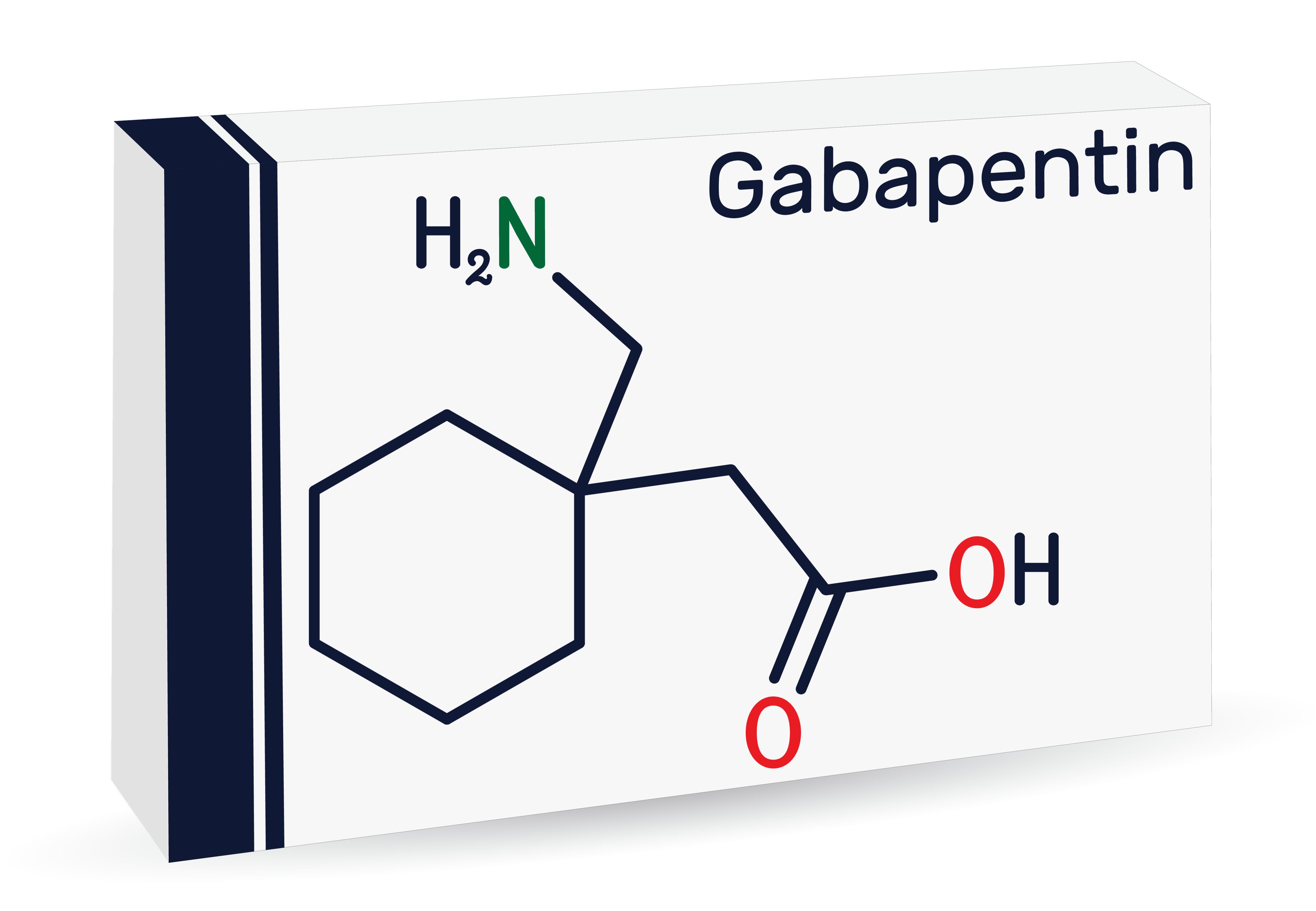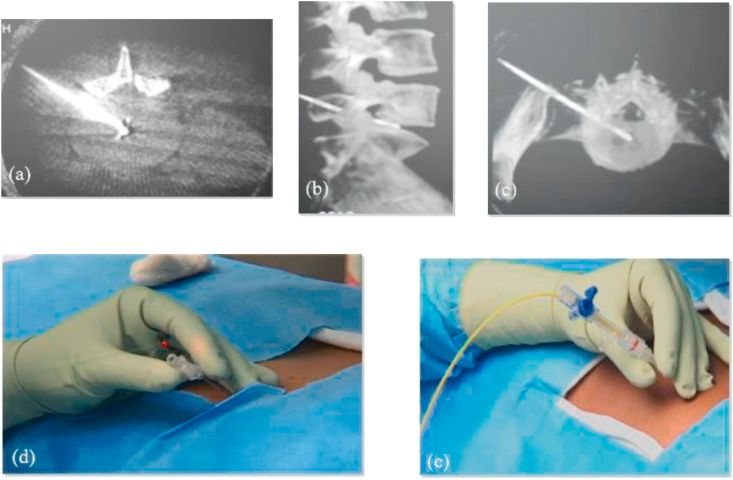Holistic Treatment vs. Pain Management vs. Spine Surgery: Which Path Provides Permanent Relief for a Symptomatic Herniated Disc?
The scope of chronic back and neck pain is immense, making it one of the most common health conditions and a leading cause of disability worldwide. Statistics indicate that between 60 and 80 percent of adults will experience back pain at some point in their lives, with approximately 23 percent experiencing chronic pain that lasts more than one month.
When a person first experiences this debilitating pain, they are often faced with a bewildering array of treatment options: from holistic medicine and medication-based pain management to highly invasive traditional spine surgery like fusion. Yet, for the majority of patients whose suffering originates from a symptomatic herniated disc, these conventional approaches, at best, offer temporary relief, masking the problem while the true source of pain remains.
A groundbreaking study of over 5,000 patients conducted by the experts at the Deuk Spine Institute identified a critical flaw in the standard treatment paradigm: many practitioners fail to identify and treat the actual source of the pain. The group found that the overwhelming majority, 85%, of chronic back and neck pain cases are caused by a specific structural injury: an annular tear in the back wall of the disc.

This tear allows the inner disc material (the nucleus pulposus) to herniate and become stuck within the tear, triggering a severe, localized inflammatory response that the patient perceives as unrelenting pain. True and permanent relief, therefore, depends on definitively addressing this tear and the inflammation it generates.
Understanding the Root Cause of Chronic Back Pain: The Annular Tear
The intervertebral disc has a complex structure. Its tough outer layer, the annulus fibrosus, contains the soft, gelatinous nucleus pulposus. When the annulus sustains a tear, it initiates a painful cascade. This tear allows for the ingress of inflammatory agents and the out-pocketing of disc material, which constantly irritates the surrounding nerve endings. Histological studies of painful degenerative discs have revealed the formation of vascularized granulation tissue and the extensive ingrowth of nociceptive nerves along these tears—known as discogenic pain.
The pain is a direct consequence of this biological process: the annular tear acts as a chemical and mechanical irritant. The body attempts to heal the tear, but because the disc’s blood supply is limited, this healing process is fundamentally flawed, often resulting in a chronic, inflamed state.
When the tear is significant enough, it can lead to a disc herniation, in which the disc material extends to compress adjacent nerve roots, causing radiating arm or leg pain (radiculopathy) in addition to the localized neck or back pain. However, even without nerve compression, the tear itself causes severe localized back or neck pain. This critical distinction, the tear itself being the pain generator, is the difference between temporary symptom management and a permanent cure. The persistent nature of this inflammation means that until the source (the tear and stuck herniated material) is treated, the pain will continue to recur episodically throughout the patient's life.
The Limits of Holistic Treatment for a Symptomatic Herniated Disc
Faced with a diagnosis of a symptomatic herniated disc, many individuals understandably seek holistic medicine treatments. These non-invasive, conservative approaches can include chiropractic care, acupuncture, cupping, yoga, diet, and general exercise.
If your symptoms are mild or you have localized back or neck pain, holistic treatments are a reasonable first step. They can be effective at temporarily relieving symptoms by reducing muscle tension, improving mobility, and stimulating the body's natural healing mechanisms. However, the fundamental limitation of these treatments is that they are designed to treat the symptoms, the secondary effects of the injury, rather than the structural source of the pain.

Acupuncture may reduce pain perception. Chiropractic adjustments may temporarily restore alignment. Yoga and exercise can strengthen supporting musculature. But none of these modalities can physically access the disc interior to repair the chronic annular tear or remove the trapped herniated material. The core source (the tear) of the inflammation and chronic discogenic pain remains intact. Therefore, while these treatments are generally safe and can provide temporary relief, they will never address the underlying cause of the symptoms. For anyone seeking permanent elimination of discogenic pain and the freedom to return to a fully active, pain-free life, a more definitive solution must be pursued.
Pain Management and the Dangers of Temporary Relief
The next step in the conventional pain management spectrum involves medications and interventional procedures. Pain management doctors, such as Interventional Pain Management specialists, use medical management. Medical management includes oral medications and interventional procedures, such as injections and implanted devices. Both arms of this approach are designed for temporary symptom improvement, not a permanent cure.
When consulting with an Interventional Pain Management specialist, patients quickly learn that the expectation is not a cure, but rather a temporary reduction in pain severity. However, the temporary relief often comes with significant risks and complications that patients may not fully appreciate. When taking this approach, the focus shifts from solving the problem to merely dulling the patient's perception of it. Patients become trapped in a cycle of repeated, non-curative treatments.
The Medications: Severe Side Effects and the Risk of Cognitive Decline
Medical pain management relies on orally administered medications that are distributed throughout the body via the bloodstream. These drugs, ranging from non-steroidal anti-inflammatory drugs (NSAIDs) to neurological sodium channel inhibitors and narcotics, all have a temporary effect that wears off, necessitating continued use. Unfortunately, many of these medications carry a severe risk profile.

A recent and concerning discovery involves the drug gabapentin (Neurontin), which is frequently prescribed off-label to treat nerve-related back and neck pain. While its use has been widespread, recent medical literature has published findings that this drug is associated with an increased risk of dementia and mild cognitive impairment in patients with chronic low back pain. Alarmingly, studies show that non-elderly adults prescribed Gabapentin for chronic back pain had more than double the risk of dementia compared to those not prescribed the medication. This complication underscores the profound dangers of treating chronic structural pain with systemic medication.
Other medications are equally perilous for long-term use. NSAIDs, such as Advil, Motrin, Aleve, and naproxen, can cause debilitating side effects like stomach ulcers and kidney damage. Their mechanism of action involves inhibiting prostaglandins, which are critical for maintaining renal blood flow. This inhibition can lead to excessive vasoconstriction in the kidneys, resulting in acute kidney injury (AKI) or the progression of chronic kidney disease. Even common, over-the-counter NSAIDs carry this danger, particularly in vulnerable populations. More potent neurological drugs can cause liver or kidney failure, while narcotics carry the well-known risks of dependence, abuse, and even death from respiratory failure. It is therefore in the patient’s best interest to avoid reliance on these medications altogether.
Interventional Pain: Temporary Fixes and High-Risk Procedures

Interventional procedures, including epidural steroid injections, nerve blocks, radiofrequency ablation, and spinal cord stimulators (SCS), are also not curative. They are temporary measures intended to dampen nerve signals or reduce local inflammation.
The most dangerous of these treatments is the spinal cord stimulator (SCS). Despite the rising popularity of SCS implantation, often driven by high profitability, the procedure poses a serious threat to the patient. Spinal cord stimulators involve implanting electrodes along the spinal cord and a battery pack (generator) beneath the skin to deliver electrical impulses to mask the pain signals. While short-term results may show improvement, a prospective, longitudinal, controlled trial evaluating the long-term effects of SCS found that by the end of the follow-up period, outcomes in the permanent SCS group were similar to those in the SCS trial group that failed.
Complications from SCS are frequent and often result in the stimulator failing to provide relief over time. The stimulator paddles can become encapsulated by scar tissue, the generators stop working or lose battery charge, and the leads are prone to migrating down the spine and moving out of position. Most patients who receive a spinal cord stimulator report that the device either ceases to work or provides only partial, temporary pain relief.
Other procedures, like the Basivertebral Nerve Ablation (Intracept® Procedure), are similar in that they treat a secondary effect of the spinal injury—the nerve that carries pain signals—rather than addressing and repairing the primary structural injury, the annular tear and herniation. Similarly, injections are transient, and procedures like a laminectomy decompress the nerve by removing bone, which can lead to spinal instability and future problems.
The continuous pursuit of these temporary, high-risk, and non-curative treatments highlights the failure of the traditional spine care model to solve the fundamental problem.
The Surgical Alternative Cure: Deuk Laser Disc Repair—Permanent Relief from Discogenic Pain
For a patient seeking permanent elimination of the pain caused by a symptomatic herniated disc, the solution lies in a surgical procedure that addresses the actual, structural source of the problem: the annular tear. The gold standard for this definitive treatment is Deuk Laser Disc Repair®.

This proprietary procedure, pioneered and performed exclusively at the Deuk Spine Institute, is the only treatment available that focuses on permanent structural repair rather than temporary symptom suppression or destructive decompression. The approach is a minimally invasive, full-endoscopic surgery that utilizes an advanced medical-grade laser.
The Deuk Laser Disc Repair Difference: Endoscopic Precision and Laser Debridement
The Deuk Laser Disc Repair is unique for its precise, protective approach to treating disc injury. It is performed in approximately one hour as an outpatient procedure.
- Full-Endoscopic Access: Using a small, high-definition endoscope, the surgeon gains direct visual access to the inside of the disc, allowing them to precisely locate the annular tear and the herniated material stuck within it.
- Debridement and Removal: Once visualized, the herniated material that is chemically irritating the nerve endings is carefully removed.
- Laser Debridement and Annular Repair: A medical-grade, FDA-approved laser is then employed to debride (cleanse) the edges of the annular tear. The laser is used to vaporize the inflammatory proteins and cauterize the newly grown, pain-carrying nerve endings and granulation tissue within the tear, effectively eliminating the source of discogenic pain. This crucial step is the reason the results are permanent.
Unlike traditional major spine surgeries—such as spinal fusion—which involve large incisions, hospitalization, and the destruction of spinal mobility, the DLDR procedure preserves spinal movement and function. Procedures like the XLIF spine surgery carry risks, including nerve damage, vascular injury, and major blood loss, risks that are avoided entirely with the Deuk Laser Disc Repair® procedure. It is widely known in the medical community that many healthcare professionals, such as nurses, actively choose to avoid traditional fusion surgery because of its high complication rates, prolonged recovery, and often unpredictable long-term outcomes.
The recovery from Deuk Laser Disc Repair® is dramatically accelerated compared to fusion or laminectomy, with most patients returning to a normal life, pain-free, within one to two days. This is the fastest, safest, and most effective path to lasting pain relief.
Choosing Permanent Relief Over a Lifetime of Pain Management
The choice for a patient suffering from a symptomatic herniated disc is clear: a lifetime reliance on temporary measures that carry substantial side effects, or a one-hour, minimally invasive procedure that provides a permanent cure.
Deuk Laser Disc Repair offers permanent relief from discogenic back or neck pain by addressing the annular tear and herniation. The results are permanent relief, the fastest recovery time, and the fastest return to a pain-free, normal life.
If you or a loved one is considering treatment for chronic neck or back pain, you owe it to yourself to investigate the method that solves the problem at its source.
Explainer Video
Watch "Deuk Laser Disc Repair® vs ALL INVASIVE NECK TREATMENTS" to learn how Deuk Laser Disc Repair compares to other treatments.
MAKE YOUR FIRST PAIN-FREE MOVE

If you’re seeking relief from lumbar pain, have been recommended for a TLIF spinal fusion, or are still dealing with chronic neck pain after a failed fusion surgery, we can help improve your quality of life and enable you to live pain-free.
Upload your latest MRI for a free review and a personal consultation with myself. Ara Deukmedjian, M.D., founder of Deuk Spine Institute and creator of the Deuk Laser Disc Repair® procedure.
